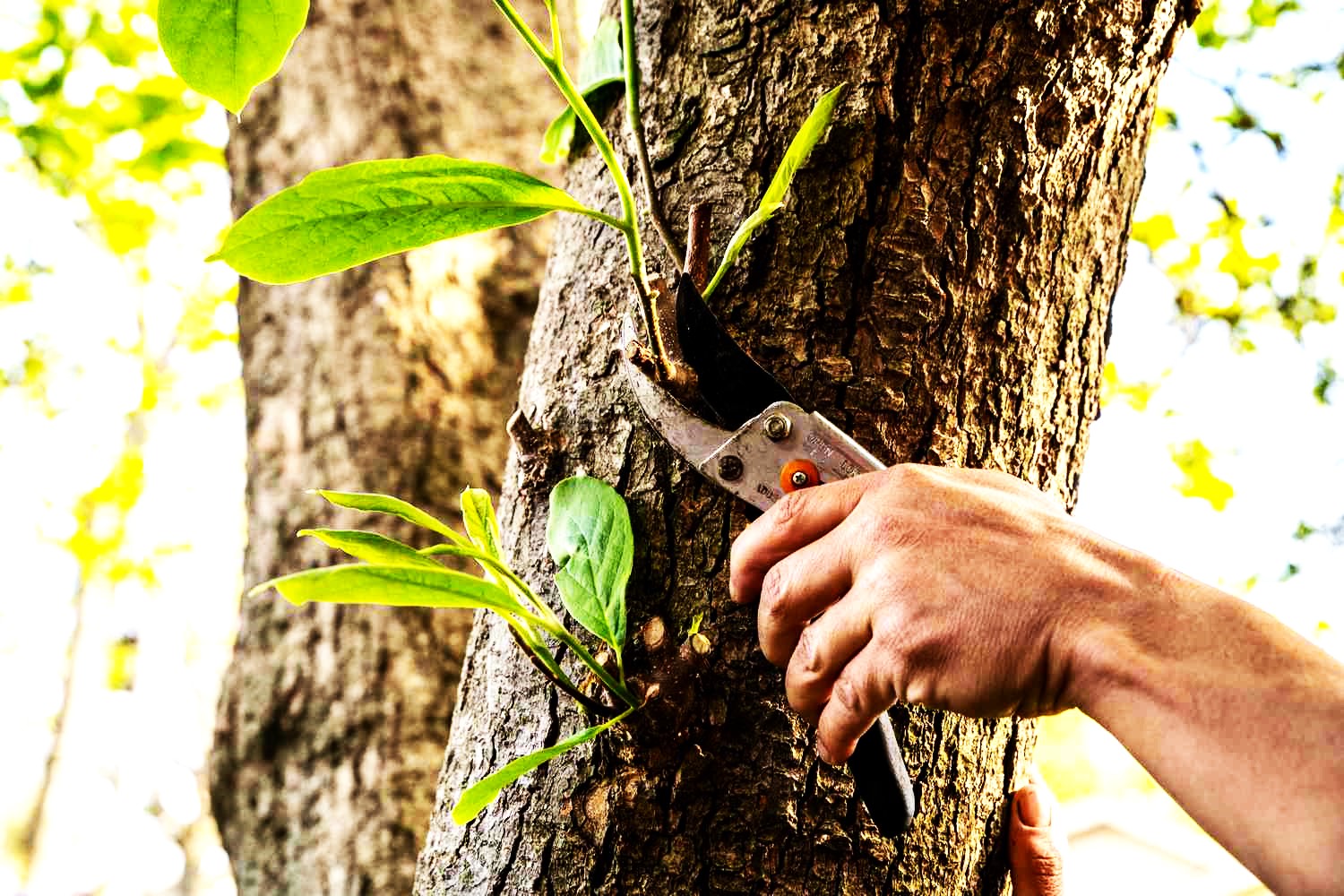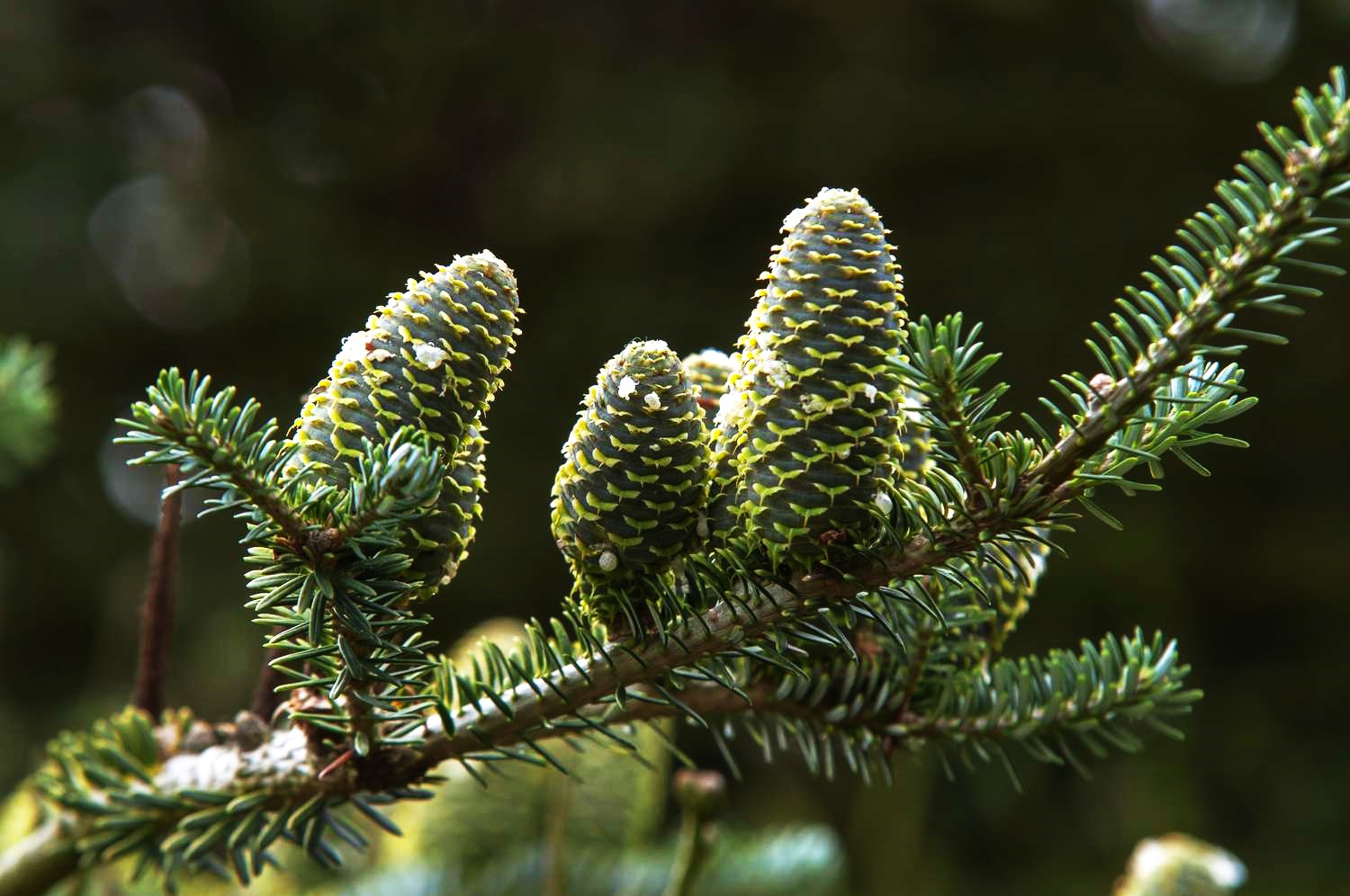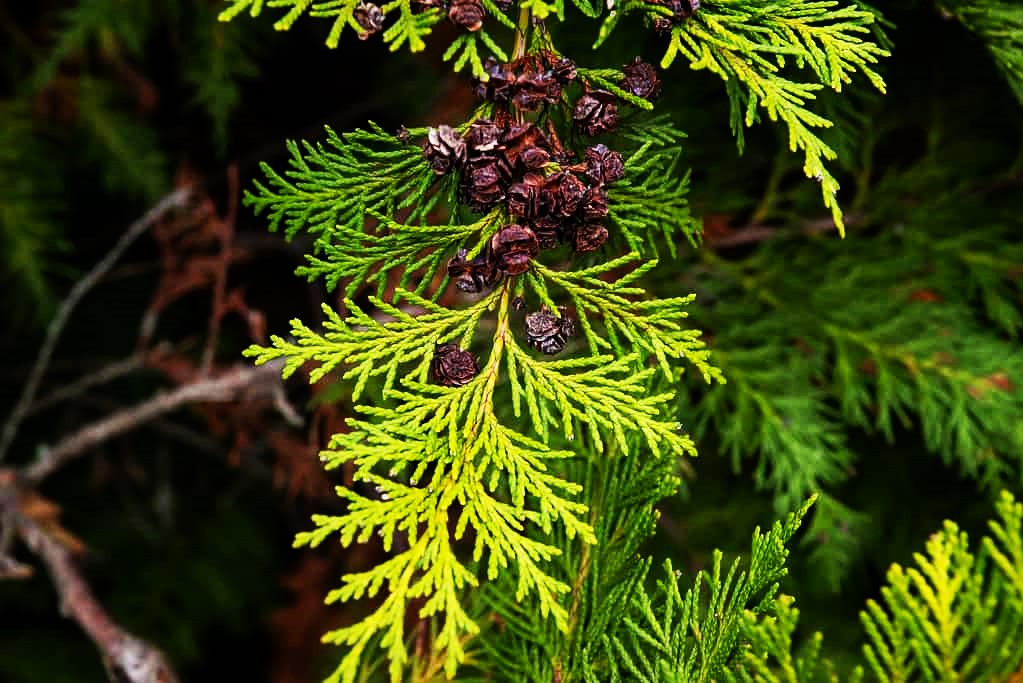How to Cut a Magnolia Tree

The best approach to include a magnolia tree in your garden is to plan ahead before you plant. The location you choose must allow for the tree to reach its full, mature size. Many of us find it hard to imagine that the little, immature tree will eventually reach heights of 30 or 50 feet (9–15 meters). This could lead to a big tree growing in an inadequate space.
Do you belong to the group of gardeners who complain that their magnolia tree is too large? If so, your best option is to use pruners. For advice on trimming a large magnolia tree, continue reading.
Pruning an Extensive Magnolia Tree
Magnolia trees come in a wide variety of species, but they can be classified as deciduous or evergreen. Evergreen trees have slightly thicker leaves that they retain throughout the year, while deciduous trees lose their leaves in the winter.
When the leaves are fully open, late summer is the ideal time to prune a deciduous magnolia, preferably between midsummer and early autumn. Conversely, evergreen varieties need to be pruned in the spring.
And specimens trained to the wall? After they have finished flowering in the summer, trim these back. Any kind of magnolia tree can be pruned with the help of a pruning saw, a sharp, clean pruner, and a sturdy step ladder.
Young Trees: How to Prune a Magnolia
When considering how to prune your magnolia tree, keep these two things in mind: 1) How old is it? 2) Does it have evergreen or deciduous foliage? Young deciduous trees need to be pruned, but young evergreen trees—including the well-known Southern magnolia—don’t. Any branches that appear weak or that detract from the tree’s natural shape should be cut off.
When deciduous magnolias, such as the stunning star magnolia, are still young, trim off any branches or weak growth that detracts from the overall shape.
How to Trim an Older Tree: Magnolia
Pruning deciduous magnolias becomes more necessary as they age. To maintain the tree’s shape and to cut off any dead or damaged branches, use your pruners. Trim branches back to the trunk or a fork to maintain an even shape and an open crown. It is also advisable to remove the vertical water shoots that mature deciduous trees frequently grow. Trim these back to the main branch or trunk.
How about older magnolias that are evergreen? These need to be pruned, just like deciduous trees, to remove any dead, damaged, or diseased branches. To sculpt the tree, they can also be cut.
Pruning decisions for magnolias that are growing against walls are simple. Every stem that is extending toward or into the wall needs to be cut off. Just a slight pruning is required for stems that are growing away from the wall. Reduce to a single or two leaves.
Keep in mind that the majority of magnolias offered for sale are grafted plants, meaning that a scion of a different species has been joined to a root stock. Cut off any shoots that emerge from the rootstock plant after locating the graft line on the lower trunk. They emerge from the base.
How to Trim Overgrown Trees: Magnolias
For overgrown trees—that is, trees that have not previously undergone routine pruning—special guidelines apply. Even though it would be tempting to give the tree a significant “haircut” while you’re at it, this is not a smart move. The tree may become overly stressed as a result.
Thus, what is the proper way to trim an overgrown star magnolia or any other species that requires frequent branch removal? If extensive pruning is required, schedule the work over a number of years to minimize the tree’s stress during the process. Rather, schedule the removal of some overflowing branches every year and some more every two years after that. This allows the tree to heal from its wounds.





